How to Choose the Perfect 10 Person Dining Table for Your Home in 2025
Thinking about getting a 10 person dining table for your home? It sounds simple, but there’s a lot more to it than just picking the biggest table you can find. You want enough room for everyone to sit comfortably, but you don’t want the table to swallow up the whole room. Plus, there’s the question of style, durability, and making sure it actually fits through your door. Whether you’re planning on big family dinners or just want a spot for game nights with friends, finding the right table can make all the difference. Let’s break down what you really need to know before you buy.
Key Takeaways
- Measure your dining area carefully and leave at least 36 inches of space around the table for easy movement.
- Pick a table shape and style that fits your room and encourages conversation—rectangular, oval, and round all have their perks.
- Choose materials that can handle daily use, spills, and cleaning—solid wood, engineered wood, and stone are all good options.
- Think about seating: benches, chairs, or a mix can help you fit more people without feeling crowded.
- If your space is tight, look for extendable tables, bench seating, or tables with built-in storage to save room.
Measuring Your Space for a 10 Person Dining Table
Getting a 10 person table sounds simple—until you actually try to make it fit. A big table can totally take over the room if you ignore the details. You want everyone to have space to eat and move, without squeezing past chairs or bumping elbows all night.
Calculating Ideal Table Dimensions for Comfort
A standard 10 person table is usually between 96 and 120 inches long and 40-44 inches wide to give each person about 24 inches of eating space. But what does that look like in your dining room? Here’s a basic table to make it clear:
| Table Shape | Length (inches) | Width (inches) | Seats |
|---|---|---|---|
| Rectangle/Oval | 96 - 120 | 40 - 44 | 10 |
| Round | 84 (diameter) | — | 10 |
If your room is on the snug side, an extendable option or bench seating might work better. (Virtually measuring your space, like with modern digital planners, makes this a whole lot easier than dragging tape around the room.)
Allowing Sufficient Clearance Around the Table
Don’t forget about the space you’ll need to pull out chairs and actually walk around the table. Even the best-looking table is a pain if you keep bumping your shins into the walls or squeezing between furniture. Rule of thumb:
- Leave at least 36 inches between the table edge and the closest wall or furniture.
- Consider 48 inches for a less cramped, luxury feel—especially if you have a wider room or want to add sideboards.
- Remember to account for doorways or walkways that intersect the dining area.
It’s easy to underestimate just how much extra room you’ll need for chairs, not just the table itself. Planning for enough clearance now can save you years of headaches and stubbed toes later.
Adjusting Table Placement to Fit Your Room
You don’t always have to put the table straight in the center. Shifting it a few inches can sometimes solve space issues. Ways to tweak placement:
- Push the table closer to a wall if you don’t need to seat people on that side regularly.
- Angle the table slightly for a casual vibe and more traffic flow.
- Consider if the table lines up with the main light fixture or hangs slightly off-center—it’s okay if it means a better fit for chairs and guests.
A little flexibility goes a long way, especially if your dining area shares space with another room. Make sure you test layouts before making a final decision. Even a basic piece of painter’s tape on the floor can help you picture the fit.
Choosing the Right Shape and Style for Every Gathering
Finding a 10 person dining table that fits both your room and your style might sound simple—but there’s plenty to consider if you want the space to work for casual family dinners and big celebrations alike. Table shape actually changes how your gatherings feel, how people connect, and even how easy it is to move around the room. Let’s get into how shape and style actually matter in everyday life.
Rectangular vs. Oval and Round Table Benefits
Rectangular and oval tables usually work best for seating ten people comfortably, especially if your room is on the longer side. But there are real differences in how each shape works for both meals and movement. Here’s a quick comparison:
| Table Shape | Best For | Pros | Cons |
|---|---|---|---|
| Rectangular | Long/narrow rooms | Fits most chairs, easy to add leaves, classic | Can feel formal |
| Oval | Long rooms, softer style | Smooth corners, looks less bulky, easy flow | Harder to find chairs |
| Round | Square/compact rooms | Great for conversation, flexible seating | Gets huge at 10 seats |
| Square | Open layouts, less common | Symmetry, rarely suits 10+ people without feeling crowded | Bulky for large groups |
Matching Table Shape to Room Layout
- Measure your space and picture how the table will work with walkways, doors, and other furniture.
- Rectangular or oval tables fit best in long, narrow rooms and can make the most of limited floor space.
- A round table can soften a square or open area, encouraging conversation and making traffic flow simple.
- If you like to mix living and dining in one big room, a solid armchair with Nordic flair can break up open space and tie your table scene together.
Enhancing Flow and Conversation with Table Design
- Pick a table with rounded corners or edges if kids or older guests are common in your home.
- Conversation moves easily around round and oval tables; no one’s stuck at the far end, out of earshot.
- Center pedestals instead of corner legs help guests slide in and out without banging knees.
A 10 seat dining table becomes the heart of your gatherings—pick a shape that fits your room and encourages everyone to linger, laugh, and connect, because those memories matter more than the surface itself.
Think about how you really use the space day-to-day—and remember, comfort and flow always win over sticking to old style rules.
Selecting Durable Materials for Longevity and Style

When it comes to a 10 person dining table, the materials you pick really affect how it’ll last and look over the years. The biggest thing I’ve learned: you want something that balances endurance and everyday practicality with a vibe you actually like. Wood might feel classic and inviting, but if you have kids or love to host, maybe stone or engineered materials can save you a lot of stress. Let’s get into how materials compare for family life, style, and cleaning.
Comparing Solid Wood, Engineered Wood, and Stone Tops
Here’s a quick comparison chart that breaks down the pros and cons for solid wood, engineered wood, and stone tops:
| Material | Pros | Cons |
|---|---|---|
| Solid Wood | Sturdy, repairable, timeless | Can scratch, needs care |
| Engineered Wood | Budget-friendly, stable against warping | Harder to refinish, less natural look |
| Stone (Marble, Granite) | Bold look, heat-resistant | Can chip, heavy, may stain |
Some folks will tell you hardwood is the gold standard, and it is if you’re okay with the potential for scratches or expansion. Engineered wood keeps its cool in temperature shifts and is light on the wallet. Stone is sturdy, but if you drop something heavy, there goes your heart (and possibly the corner of your table).
Low-Maintenance Options for Busy Households
If wiping up after every meal feels like a chore, you’re not alone. Here are a few materials that make life easier:
- Laminate: super easy to clean, handles messes, but might not win any beauty contests.
- Glass: always modern-looking, and makes a small room feel open, but fingerprints can drive you mad.
- Metal: tough as nails, resists heat, fits in both industrial and minimalist spaces.
A low-maintenance material means less time fussing and more time catching up with friends around the table. For a totally different angle, some people even use lighting features to draw attention to the table surface instead—think a clear glass globe lamp shining soft light over your next gathering.
Coordinating Finishes with Your Decor
Getting the finish right makes the whole room feel pulled together. Consider these points:
- Match warm wood tones to earthy or cozy palettes; cool tones play nicely with minimal or coastal themes.
- Pair bold stone with sleek, modern chairs for contrast.
- Brush metal legs or edges with nearby accents, like cabinet handles or lighting bases.
Your dining table is more than just a place for eating—it's where conversations happen and memories are made. Picking the right material means you get to enjoy those moments without worrying whether the table can handle it.
Choosing smart materials doesn’t have to be complicated. Go with what suits your lifestyle, fits your room, and feels like you. After all, the best memories are a little messy—and your table can handle it if you plan ahead.
Smart Seating Strategies for 10 Person Dining Tables

Gathering everyone around a big table is fun—until you realize you’re short on chairs, or elbows are bumping every time someone passes the salt. The secret to a comfortable 10 person layout is mixing different seating types so everyone actually enjoys their meal.
Chairs, Benches, and Creative Combinations
When you’re trying to seat 10 people, don’t get locked into using only dining chairs. Here are some ideas that actually fit real-life meals:
- Use benches on the long sides and chairs at the head for flexibility—benches can squeeze in kids (or guests who don’t mind being close) and stow neatly when not in use.
- If you prefer all chairs, look for armless or slim-profile designs; these save a few inches without feeling cramped.
- Switch up the look with a statement chair, like a padded wingback or metal accent seat, at each end of the table.
| Seating Style | Pros | Cons |
|---|---|---|
| All chairs | Comfortable, classic look | Takes more space |
| Chairs + benches | Fits more people, flexible | Benches less comfy for long meals |
| Mixed materials | Stylish, visually interesting | Matching height can be tricky |
Ensuring Accessibility and Comfort for All Guests
Comfort never happens by accident! Test-drive seating before you buy, and check these quick tips:
- Make sure there’s at least 24 inches per seat so guests have room to move.
- The area around the table should have about 36 inches open so chairs slide out easily.
- Choose chairs with higher backs or add a cushion for friends who need extra support.
With the right seating arrangement, a full table won’t mean a crowded table. Move pieces around and ask for feedback after the first big dinner—sometimes the best setup takes a little trial and error.
Selecting the Right Seat Height and Upholstery
If you’re buying chairs, double-check the numbers—seat height and table height should work together. Standard seat height is between 18 and 20 inches, which pairs well with most table heights (about 30 inches).
A few things to remember:
- Leave 6-8 inches between the seat and the underside of the table for leg comfort.
- If your table has a thick apron, measure clearance so taller folks don’t bump their knees.
- For families or busy homes, choose easy-care upholstery or removable slipcovers that can handle spills and daily use.
Getting creative with your seating means no wasted space—and a 10-person table that’s actually a pleasure to gather around.
Space-Saving Solutions for Smaller Dining Rooms
Fitting a table for ten in a smaller dining room might sound impossible, but it’s way more doable than you’d think. With some clever choices, you can make a compact space feel welcoming and never crowded. Here’s how to squeeze the most out of every inch:
Using Extendable and Convertible Table Designs
If you’re juggling both intimate meals and larger gatherings, extendable tables are a game-changer. During the week, keep your table snug and out of the way. When guests show up, quickly expand it with built-in leaves or panels. Convertible tables—like ones with drop leaves or sections that flip up—can adapt to weekday dinners or big holiday feasts just as easily.
- Look for hidden leaf extensions that pull out smoothly.
- Drop-leaf tables let you tuck away sides when not needed.
- Some brands now offer smart locking mechanisms that keep expandable tables steady—no annoying wobbles.
| Table Type | Seats (Compact Mode) | Seats (Extended Mode) |
|---|---|---|
| Standard Rectangular | 6 | 10 |
| Drop-Leaf | 4 | 8–10 |
| Convertible Console | 2 | 10 |
Making it work in a tighter space often means you don’t keep your table at full size year-round.
Bench Seating for Maximum Flexibility
Traditional chairs can eat up a ton of floor space. Benches are different: they slide under the table so you keep walkways open, and you can often fit more people, especially kids, along a single bench. Plus, many benches come with under-seat storage, which is perfect for extra placemats or board games.
- Backless benches feel less bulky and store easier.
- Corner benches or banquettes help save space and add coziness.
- Upholstered benches are comfy for longer meals.
Benches often make it a breeze to pull up an extra guest or two, so you aren’t stuck trying to squeeze another chair at the last minute. For more inspiration on how benches change the dynamic, check out these designer dining room ideas.
Incorporating Built-In Storage Features
Multipurpose furniture is a lifesaver in compact dining rooms. Some extendable tables actually have drawers or shelving built right into the base, so your linens, spare silverware, or kids’ crafts are always right on hand. Storage benches double as both seating and stash space, keeping everything tidy and off the floor.
Here are a few ideas to keep clutter at bay:
- Choose a table with shelves where you can display serving dishes.
- Go for storage benches or banquettes with lift-up lids.
- Look for sideboards or buffets that match your table and tuck neatly along a wall.
Keeping your dining area uncluttered goes a long way in making even a small space feel larger and less stressful when you’re entertaining.
A little creativity means you don’t have to sacrifice style or your guest list—just make your table and seating pull double duty, and you’ll have more room than you thought possible.
Styling and Lighting Your 10 Person Dining Table
A big dining table is like a blank canvas—styling and lighting it can totally change how your space feels, whether you’re serving up takeout on a Tuesday or planning a big holiday dinner. Making the most of your 10 person table means thinking about the right décor, creative centerpieces, and the best lighting for both comfort and wow factor.
Everyday Tabletop Decor Essentials
- Go with low, simple centerpieces to keep conversation easy across a long table—think a ceramic bowl of fruit or a row of bud vases.
- Use a runner instead of a full tablecloth for easier cleanup (spills happen, and big tables are a magnet).
- Layered placemats and napkins add dimension without crowding guests.
- Modular décor is a game-changer; movable trays or caddies for napkins, salt, and pepper keep things neat but easy to grab.
- Try out layering tricks and texture tastemakers recommend for a more inviting setting.
There’s something about a styled table that makes even leftovers feel special. No need to go overboard—just clearing the surface and adding a few soft touches makes the whole room feel more put together.
Seasonal Centerpiece and Entertaining Ideas
- Switch up your centerpiece for each season: pumpkins or gourds in the fall, fresh citrus in winter, tulips or wildflowers in spring.
- For dinner parties, anchor each end of the table with a candle cluster or small vase to balance out long tabletops.
- Mix in fresh produce, unique serving boards, or layered stoneware for a more relaxed vibe.
- Holiday meals call for a bit extra—try garlands, mini lanterns, or even themed napkin rings depending on the occasion.
- Don’t forget about the chairs—tie a ribbon or slipcover on the ends for festive flair.
Choosing the Perfect Lighting Fixture for Ambiance
- Pick a statement fixture, like a chandelier or a set of pendant lights, to match the length of your table—ideally, it should be about half to two-thirds as wide as your table.
- Install fixture(s) 30-36 inches above the tabletop so they’re low enough to feel cozy but not in the way.
- Use dimmer switches so you can go from bright and lively to soft and relaxed without swapping bulbs.
- Add extra lamps or sconces if your room needs more light balance, or try battery-powered LED candles for a mood boost without any risk.
Lighting Size Recommendations (For a 10 Person Table)
| Table Length | Recommended Fixture Width |
|---|---|
| 96 inches | 48-64 inches |
| 108-120 inches | 54-80 inches |
A dining table this size deserves thoughtful touches, but don’t stress too much. Have fun swapping out decorations as the mood (or guest list) changes—sometimes, the small stuff makes the biggest impression.
Making your 10 person dining table stand out is easy with the right decorations and lighting. You can place some cool centerpieces and pick bright, warm lights to make your table feel inviting. Want more ideas? Check out our website to find the perfect style for your table and make every meal special.
Conclusion
Picking out a 10 person dining table isn’t just about filling a space—it’s about making sure your home works for your life. After all, this table is where you’ll gather for birthdays, holidays, or just a regular Tuesday night dinner. Take your time measuring your room, thinking about how you’ll use the table, and what kind of seating makes sense for your crew. Don’t forget about the little things, like making sure there’s enough space to pull out chairs or that the table surface can handle spills. Whether you go for a classic wood table, something modern and extendable, or a mix of chairs and benches, the right choice will make your dining area feel welcoming and practical. At the end of the day, the best table is the one that fits your space, your style, and your everyday moments. Happy hosting!
Frequently Asked Questions
What size dining table do I need to seat 10 people comfortably?
For 10 people, your dining table should be about 96 to 120 inches long and 40 to 44 inches wide. This gives each guest enough elbow room and space to eat without feeling crowded.
How much space should I leave around my 10 person dining table?
It's best to leave at least 36 inches (3 feet) of space on all sides of the table. This allows people to pull out chairs and walk around easily, making the room feel open and comfortable.
Which table shape is best for a 10 person dining table?
Rectangular tables work well in most rooms and are great for big groups. Oval tables offer softer corners and can help save space. Round tables for 10 need to be very large, so they fit better in bigger dining rooms.
Are benches a good idea for seating at a 10 person table?
Yes, benches are a smart choice if you want to fit more people or save space. They slide under the table when not in use and make it easier for kids or extra guests to join in.
What are the best materials for a long-lasting dining table?
Solid wood is strong and classic, while engineered wood is less expensive and still sturdy. Stone or glass tops are easy to clean and look modern, but make sure the base is strong enough to support them.
How can I make my dining table area look good and feel cozy?
Use a simple centerpiece, like a bowl of fruit or fresh flowers, for everyday style. For special occasions, try table runners, candles, or seasonal decorations. Hang a light fixture above the table to make meals feel warm and inviting.


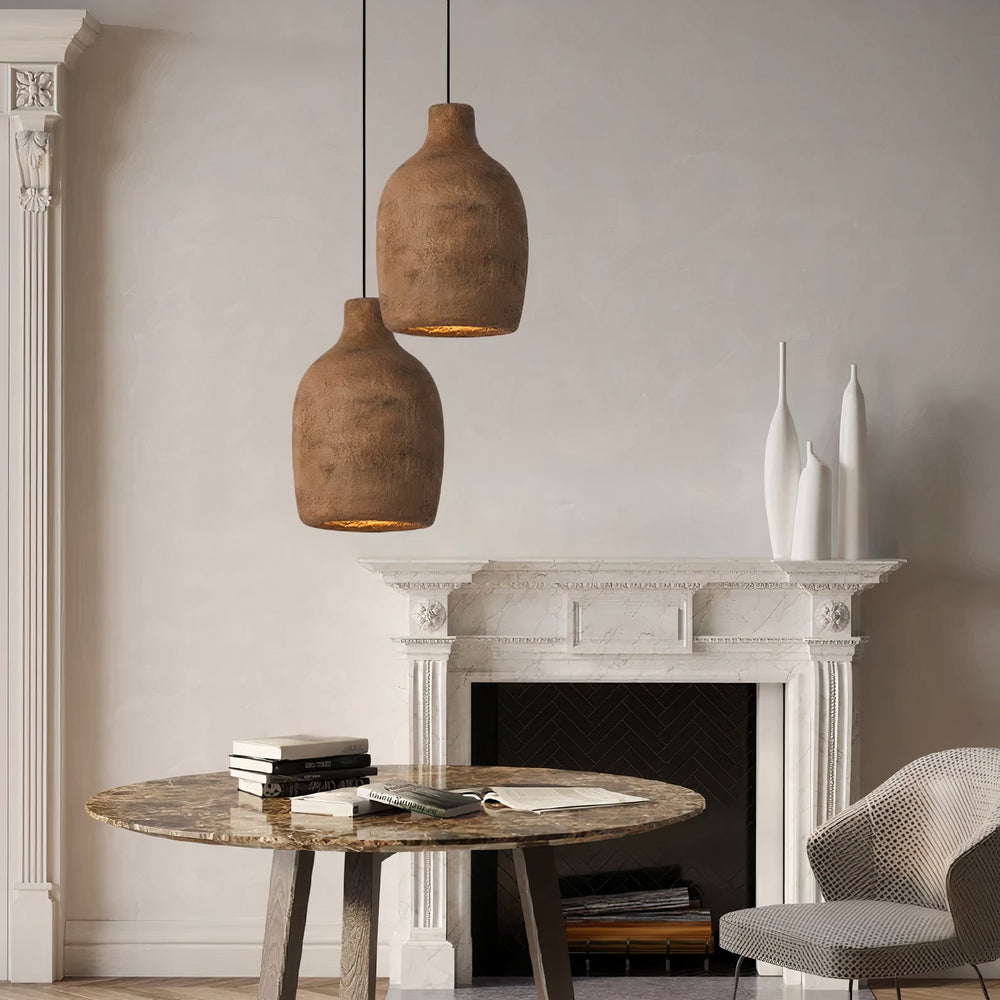
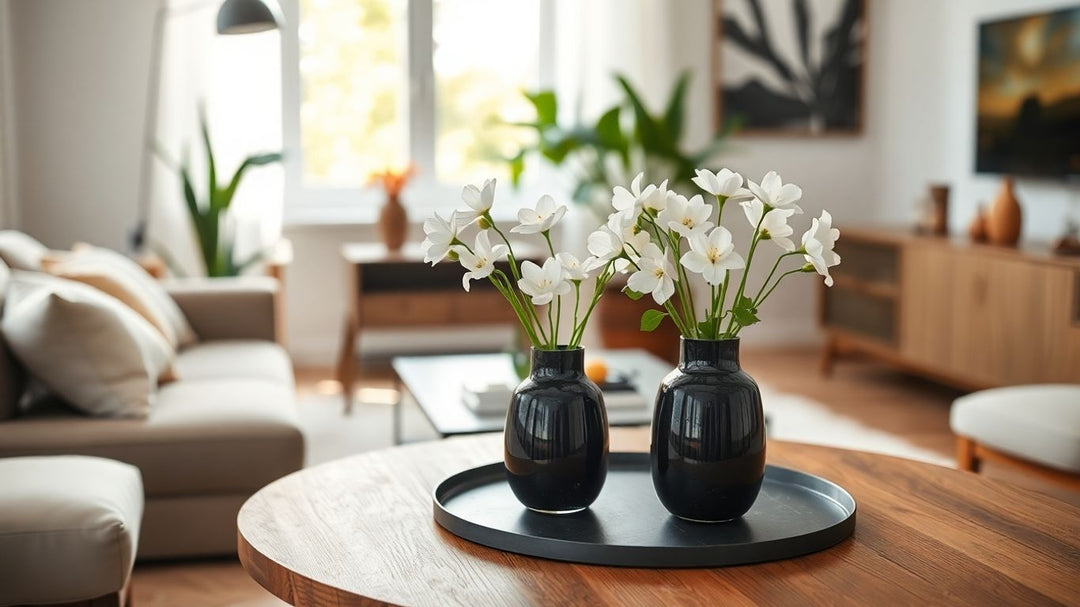
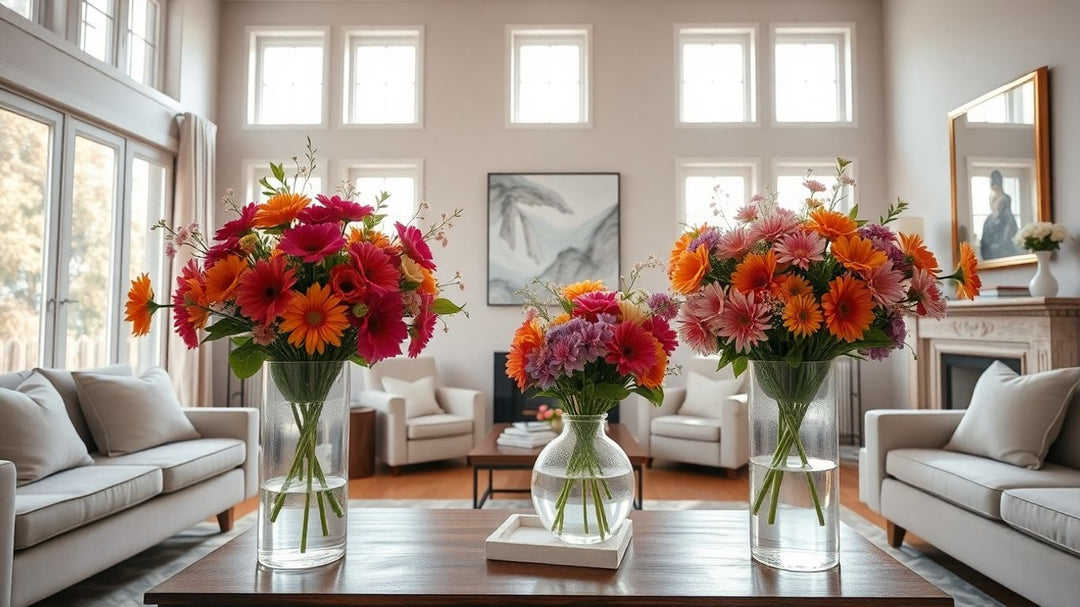
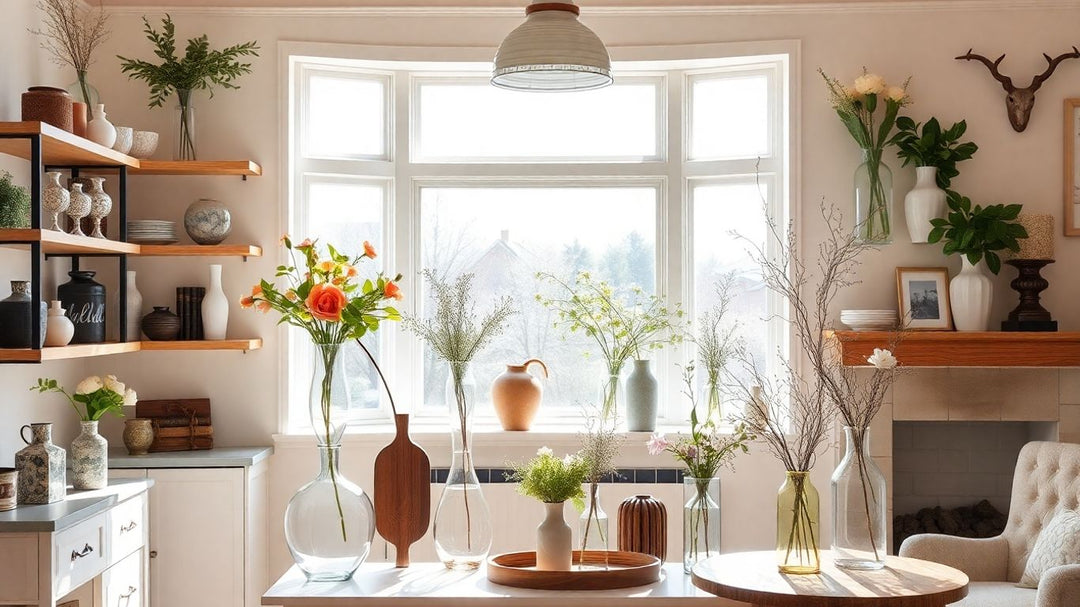
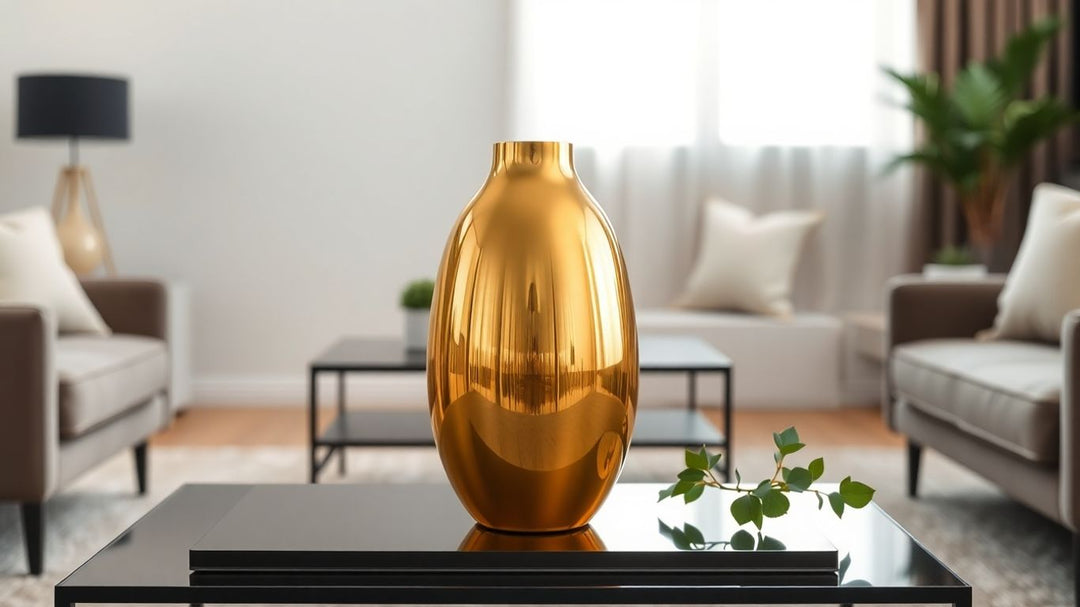
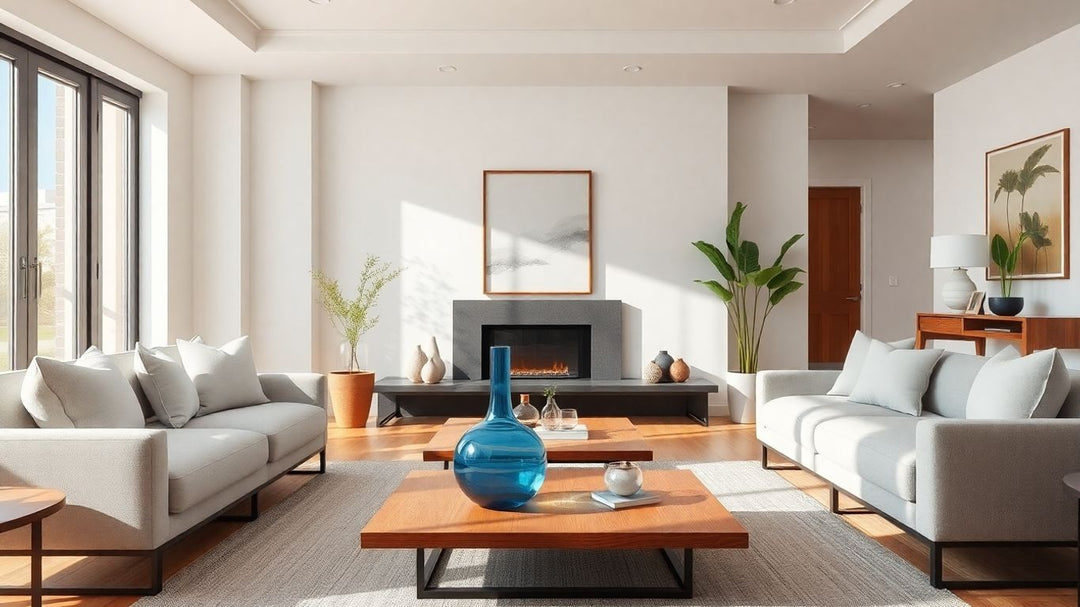
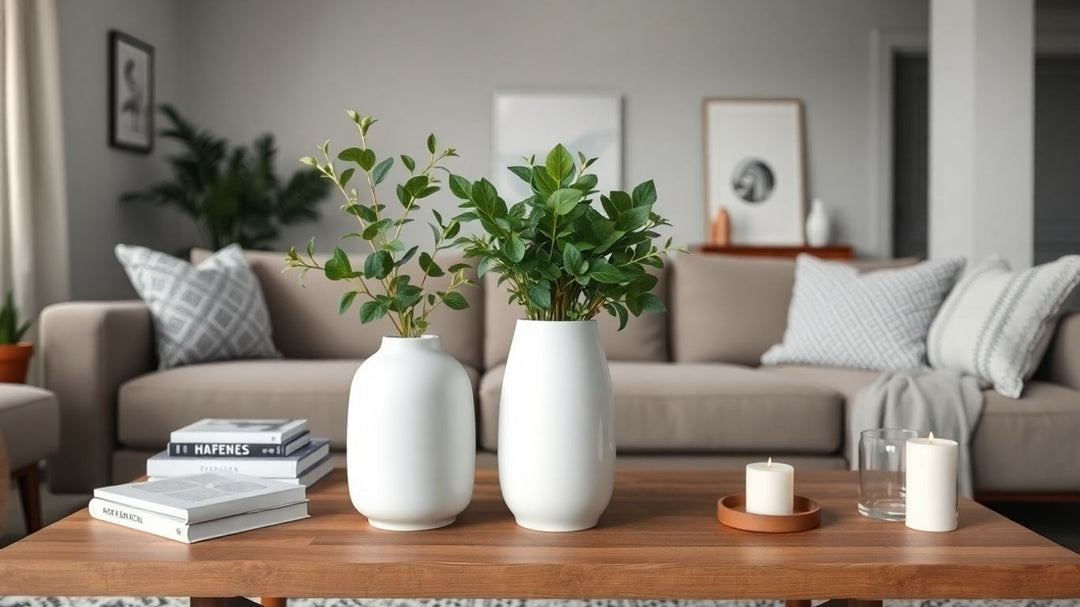
Leave a comment